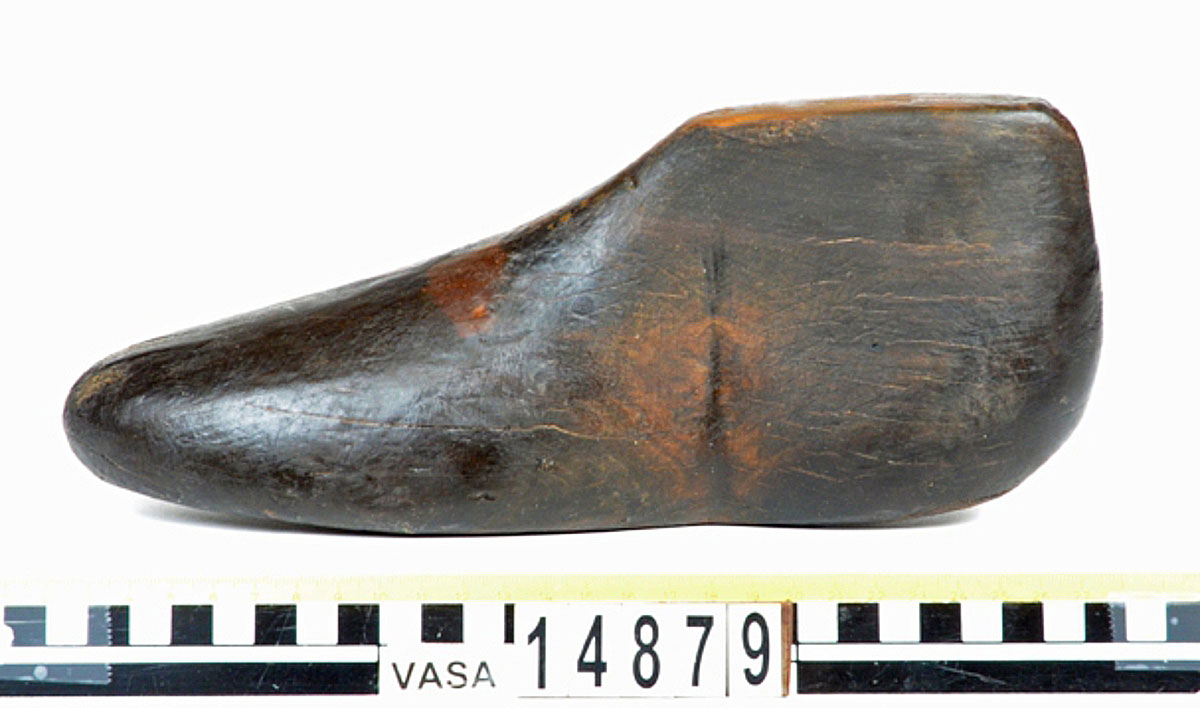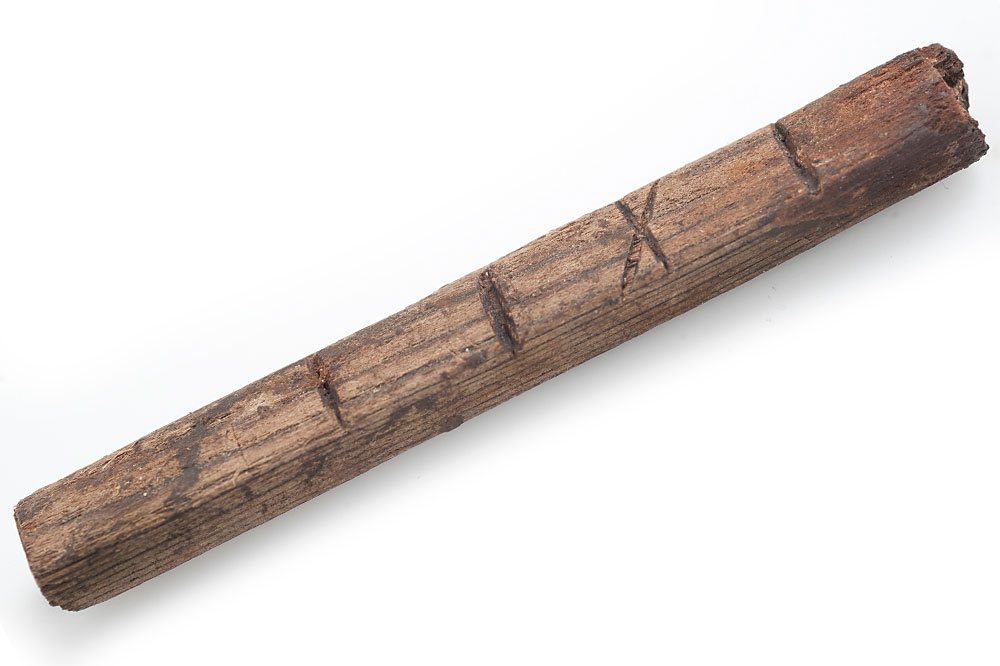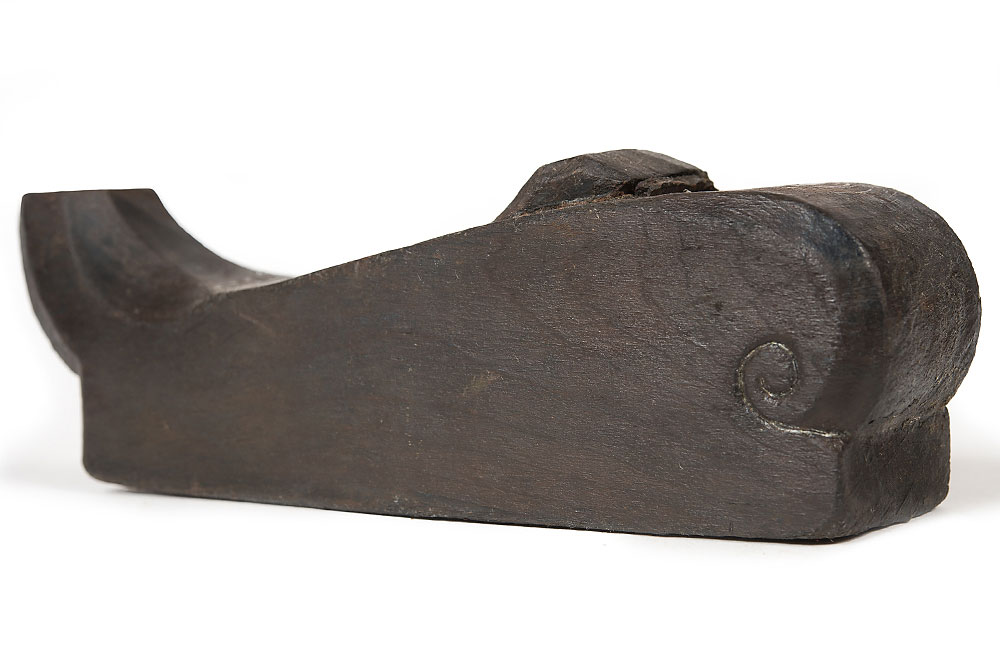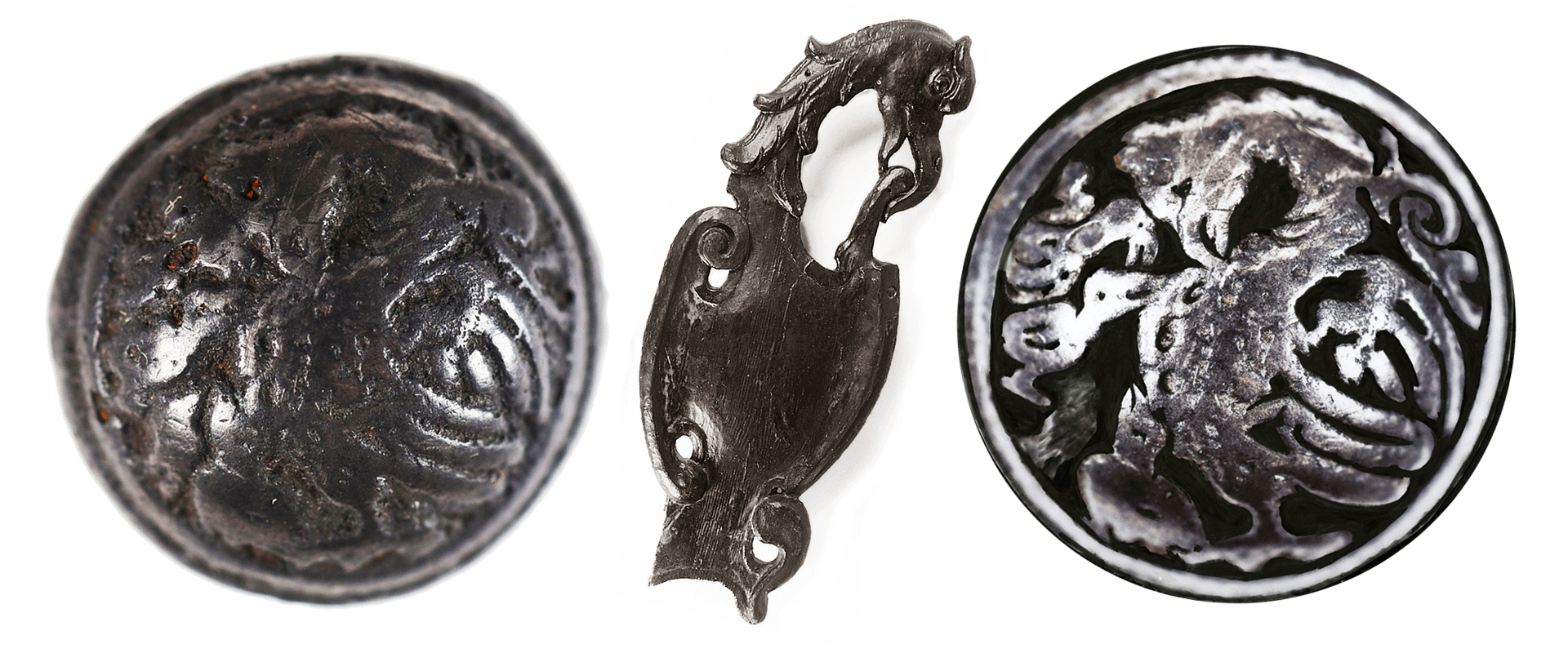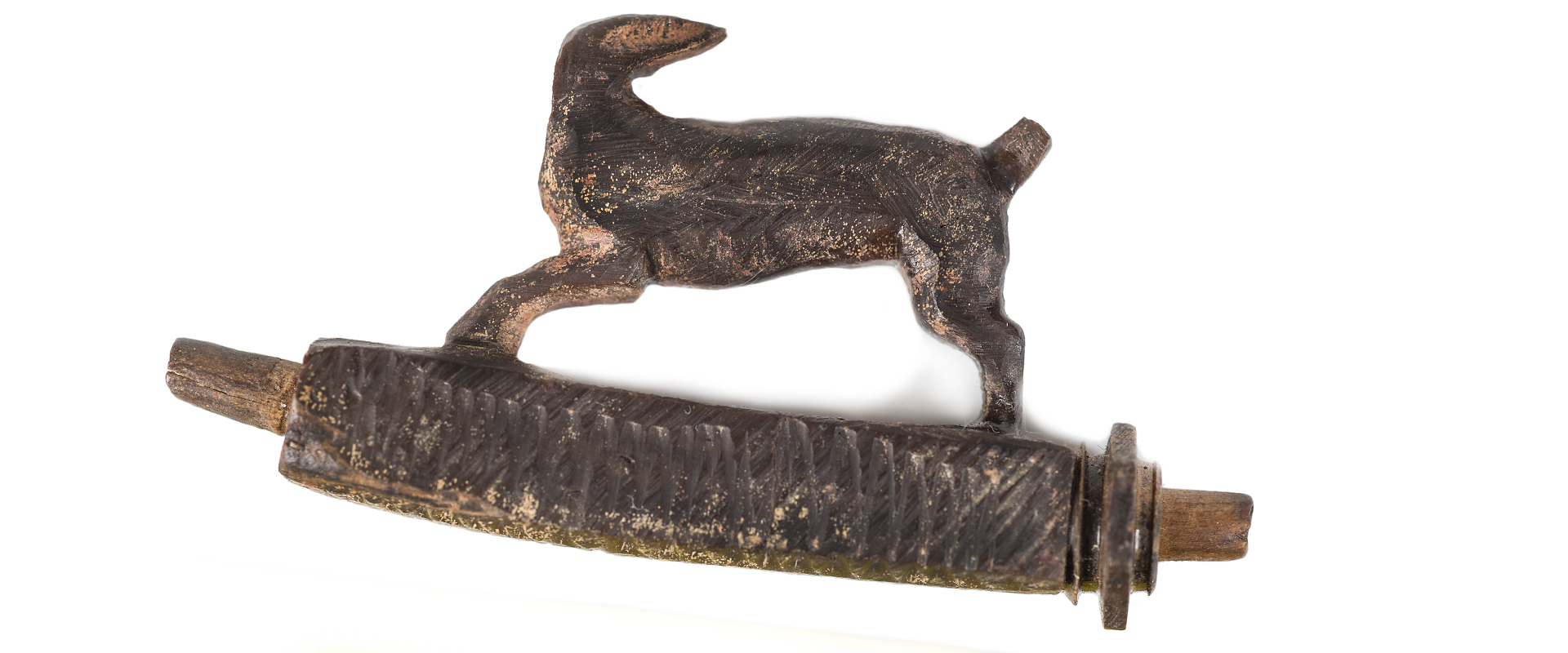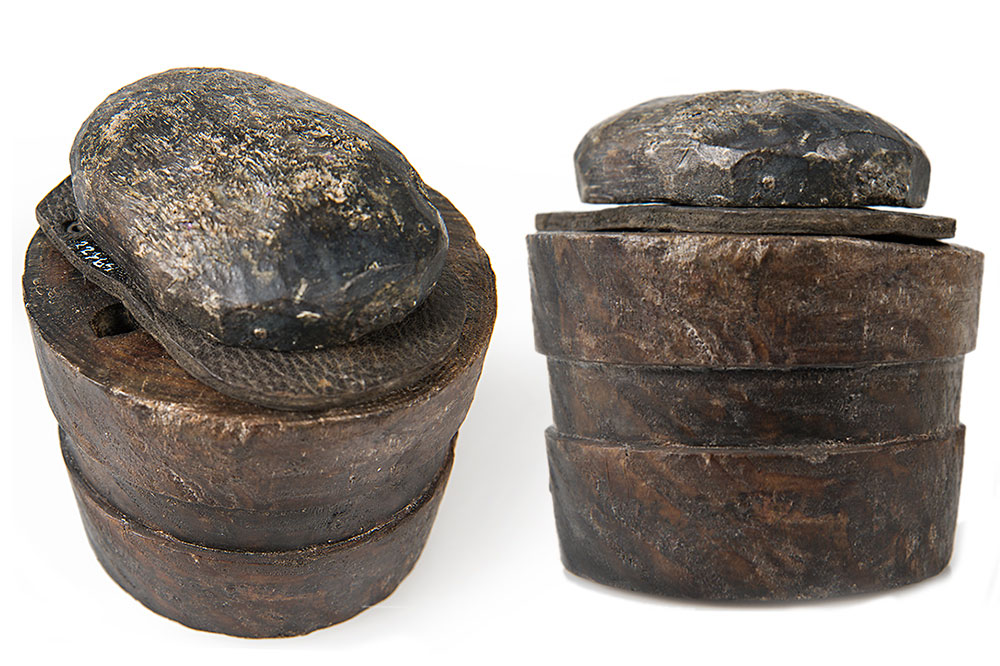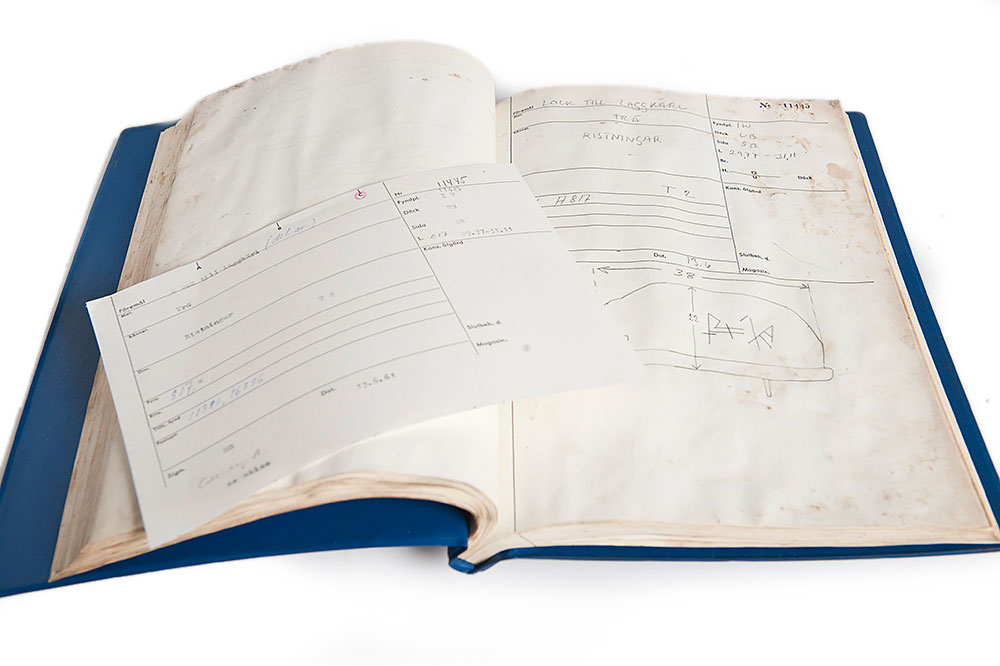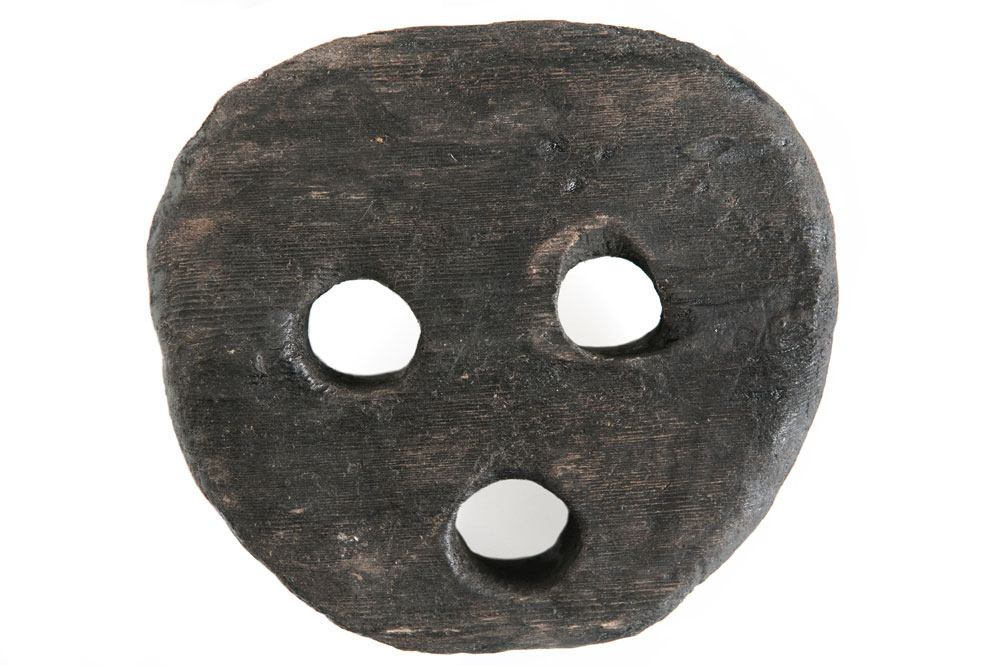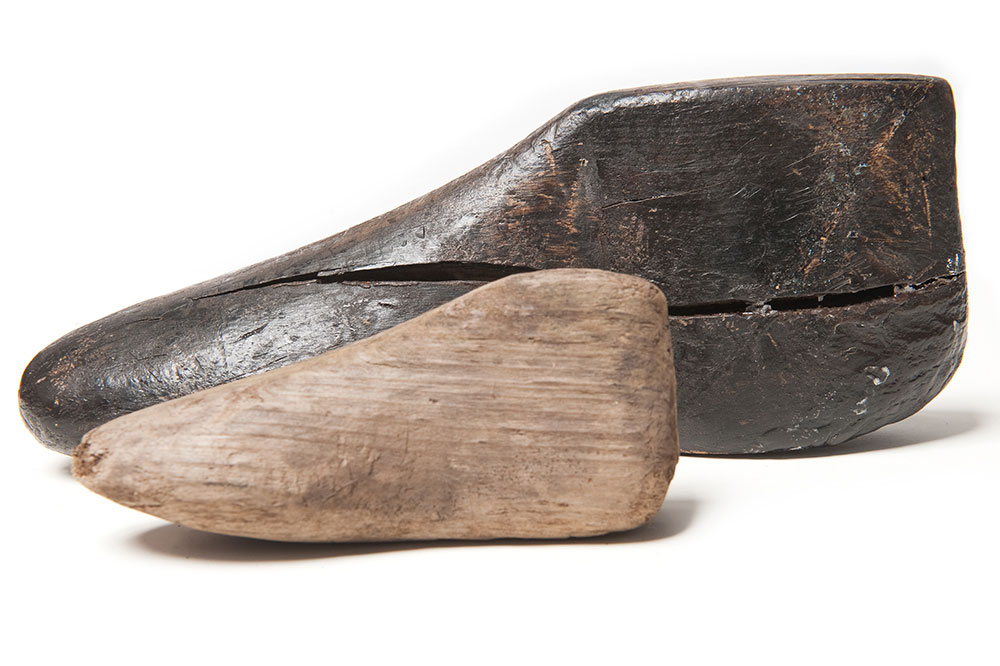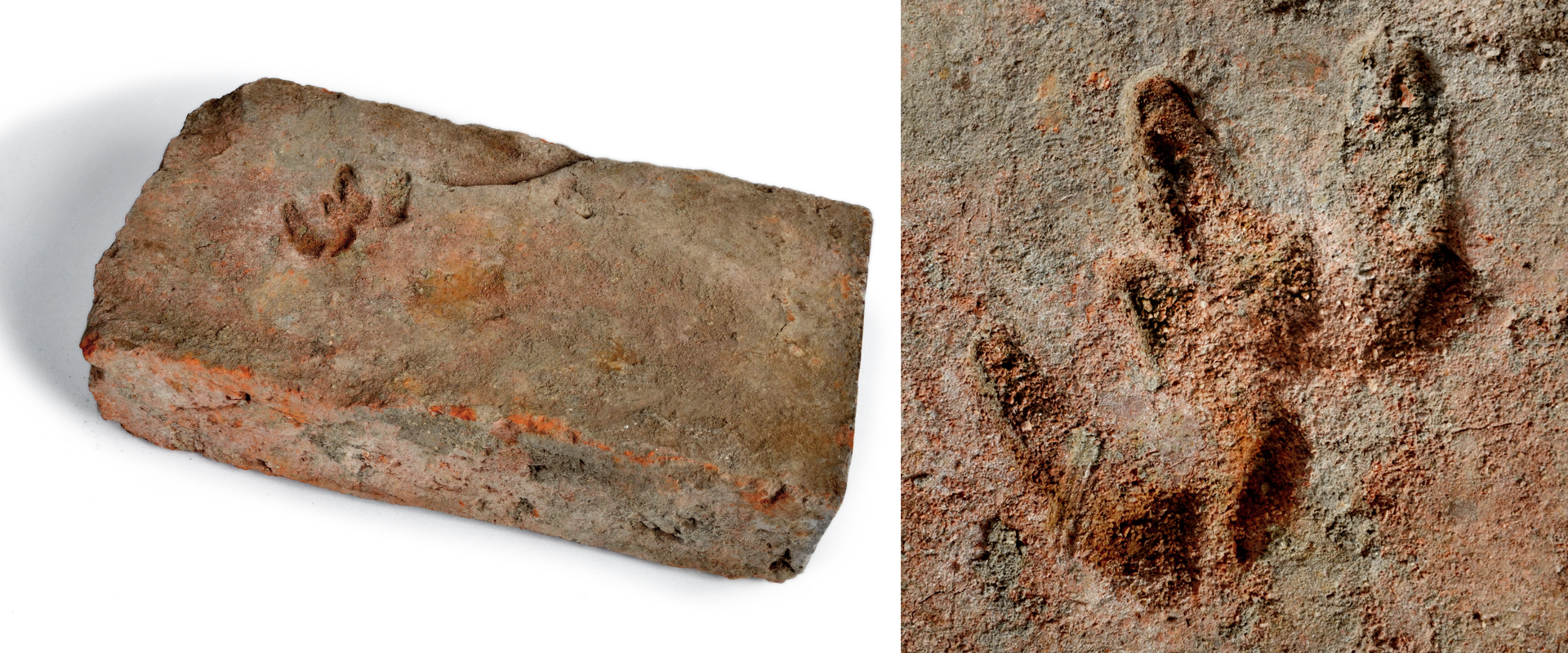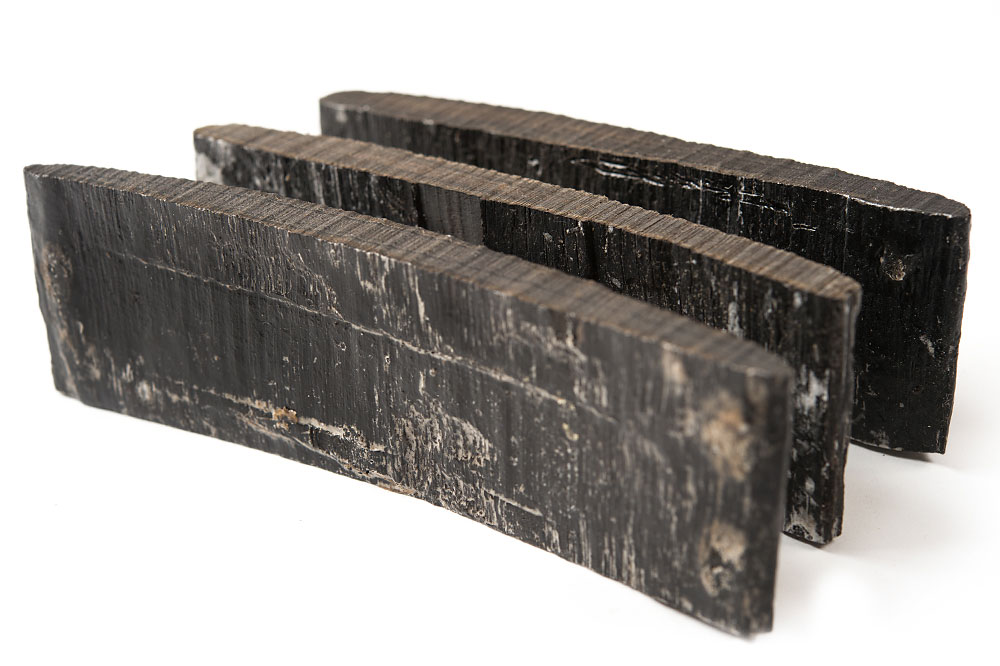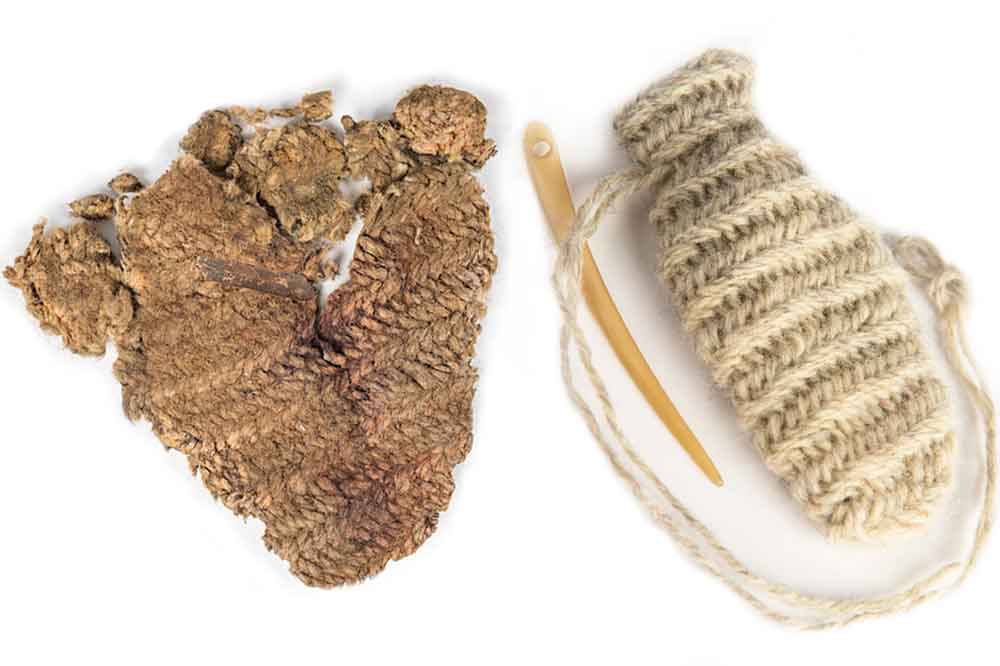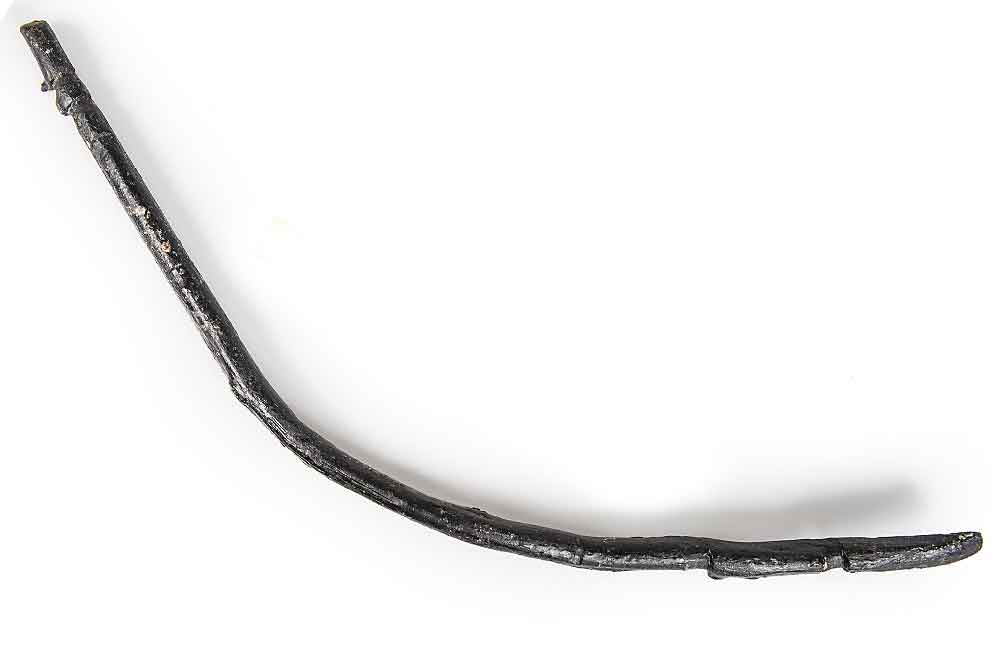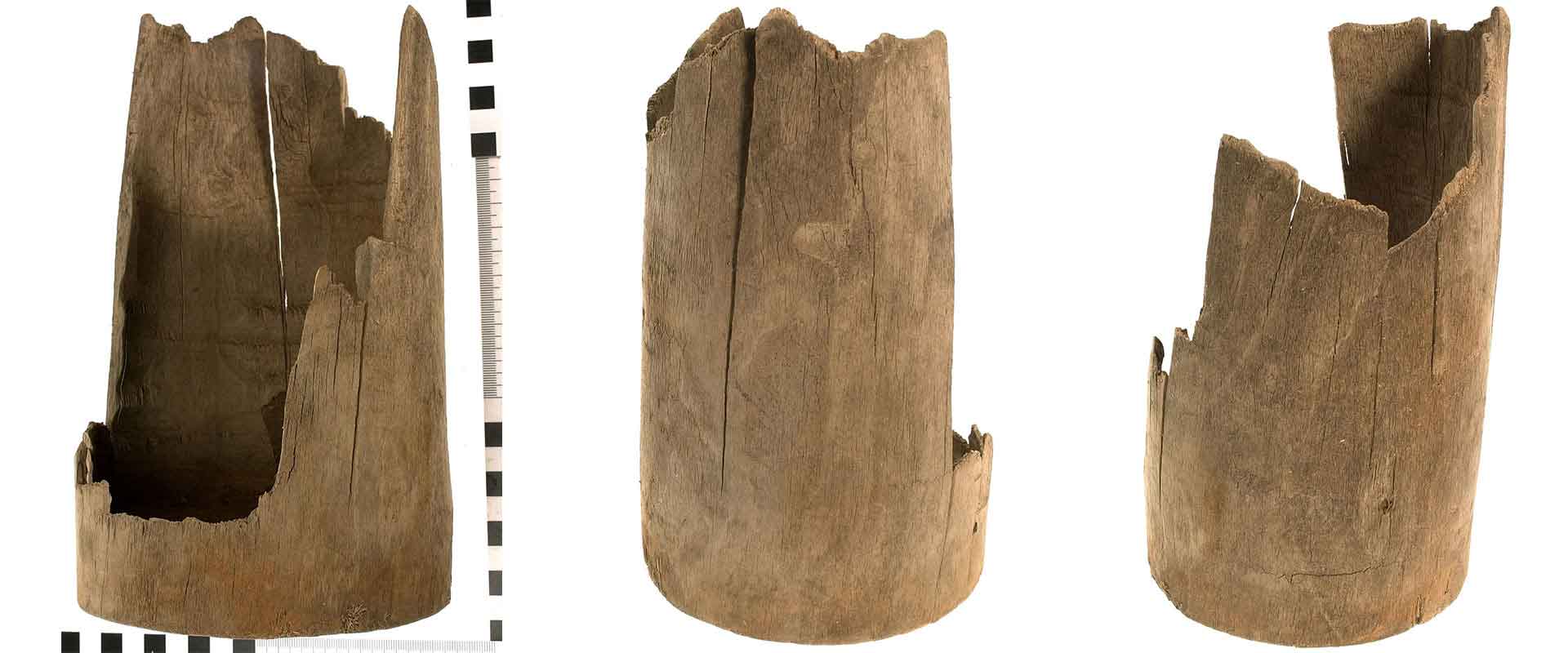An owner's mark is a non-alphabetical symbol used to mark personal or farmstead possessions and as a legally binding signature. Depending on the material to be marked, it could be scratched, carved, burned, chopped, stamped, etc.
Unlike a letter, an owner's mark can be read from any direction and does not lose its meaning if upside-down or sideways. They are often found on objects which could be turned in any direction, such as a bowl. If a line is added to or omitted from an existing owner's mark it becomes a new mark. This often happened when a family mark was inherited by the next generation.
The use of owners' marks reached its greatest extent in Europe in the late 16th century. Use of owners' marks declined in the latter half of the 17th century as more people learned to read and write and marked their property with initials instead.
Owners marks from the Vasa
We have found over 200 objects on Vasa with owners' marks, above all private household articles such as spoons, plates and tankards. Many marks are also found on casks and other containers. In the display case are a cask lid and a small box with the same mark.
The same owner's mark may appear on multiple objects. Sometimes these are artefacts found in the same area or inside a closed container, and can be assumed to belong to the same owner.

